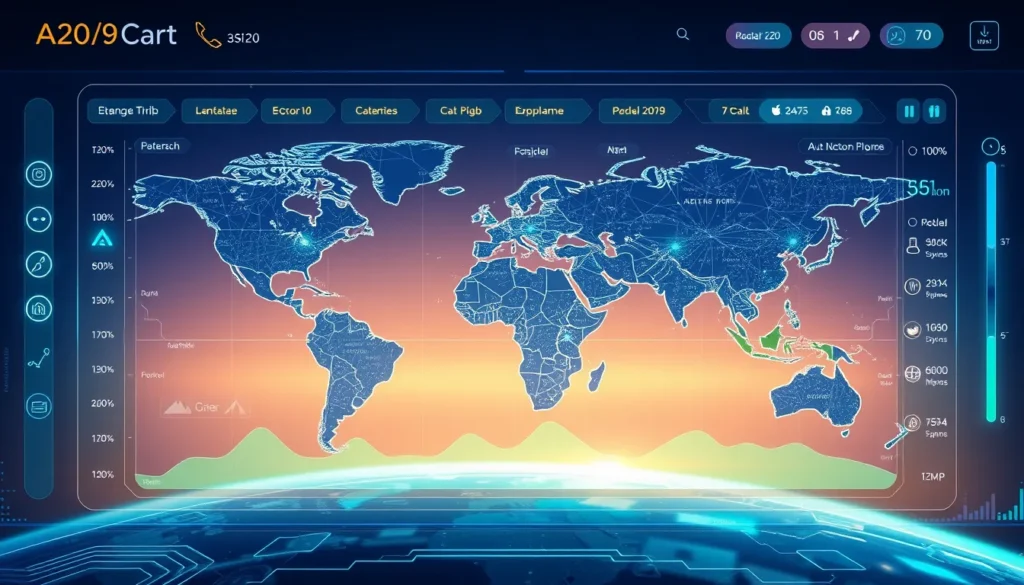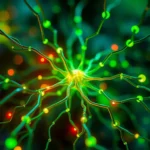Now Reading: Powerful AI in Healthcare Diagnostics: Boosting Patient Care
-
01
Powerful AI in Healthcare Diagnostics: Boosting Patient Care
Powerful AI in Healthcare Diagnostics: Boosting Patient Care

Powerful AI in Healthcare Diagnostics: Boosting Patient Care
The adoption of artificial intelligence (AI) in healthcare is transforming the landscape of medical diagnostics. In particular, AI in healthcare diagnostics is reshaping how medical professionals approach patient care, improving diagnostic accuracy and streamlining the process of interpreting medical images. As healthcare providers worldwide integrate AI-driven solutions, patient outcomes are steadily improving. In this article, we explore the revolutionary impact of AI on healthcare diagnostics, what it means for future patient care, and the associated challenges that need careful consideration.
What is AI in Healthcare Diagnostics?
AI in healthcare diagnostics refers to the application of powerful machine learning algorithms and data analytics to assist clinicians in diagnosing diseases more accurately and quickly. From medical imaging to disease prediction, AI systems analyze large datasets to identify patterns that might be missed by the human eye. This advanced technology supports physicians by reducing diagnostic errors and ensuring swift decision-making.
The Impact of AI on Medical Imaging and Diagnostics
One key area where AI has made significant strides is medical imaging. Advanced algorithms now help radiologists interpret X-rays, MRIs, and CT scans with higher confidence. The benefits of integrating AI in healthcare diagnostics include:
- Enhanced precision in identifying anomalies.
- Faster analysis of imaging results, reducing wait times for patients.
- Reduction in human error as automated systems provide a second layer of verification.
For further reading on how innovative technologies are reshaping healthcare, visit the Health IT website.
How AI Improves Diagnostic Accuracy
- Data Analysis at Scale: AI systems can sift through millions of patient records and imaging scans, comparing current cases with historical trends to offer precise diagnostics.
- Continuous Learning: Machine learning models used in diagnostics continually improve as they are exposed to new data. This means that over time, these systems become even more reliable.
- Early Disease Detection: By identifying subtle markers indicative of diseases—sometimes before a human can detect them—AI empowers clinicians to initiate early treatments.
These advancements not only contribute to improved patient outcomes but also help medical practitioners stay ahead in rapidly evolving clinical environments.
Challenges and Considerations
- Data Privacy: Handling sensitive patient data requires robust security measures and strict adherence to data privacy regulations such as HIPAA.
- Integration Costs: Implementing state-of-the-art AI systems can be a costly venture, particularly for smaller healthcare facilities.
- Trust and Reliability: Clinicians must trust AI systems. Gaining this trust involves rigorous testing, certification by regulatory bodies like the FDA, and transparent reporting of accuracy statistics.
- Ethical Considerations: The ethical implications of AI decisions in diagnostics need thorough examination to ensure that the human element in patient care is not entirely supplanted.
Despite these challenges, many experts believe that the benefits of AI in healthcare diagnostics far outweigh the potential drawbacks. With continuous improvements in AI technology and clear regulations, the future looks promising.
Future Outlook and Innovations
- Integration of AI with wearable technology, providing real-time health monitoring.
- Development of predictive models that can forecast disease outbreaks and patient deterioration.
- Enhanced collaboration between human experts and AI, ensuring the best of both worlds in terms of decision-making.
In addition to these innovations, ongoing research is focused on addressing current challenges. For instance, multidisciplinary teams involving data scientists, clinicians, and ethicists are working together to develop AI systems that are not only accurate but also ethically sound and secure.
Conclusion
In conclusion, AI in healthcare diagnostics is more than just a technological upgrade—it represents a paradigm shift in the delivery of patient care. With its ability to analyze vast amounts of data, enhance image interpretation, and predict disease patterns, AI offers unprecedented opportunities to improve diagnostic outcomes. However, harnessing these benefits requires navigating challenges related to data security, cost, and ethical considerations.
As healthcare providers continue to adopt AI-based tools, the collaboration between technology and human expertise will be key to achieving sustainable, high-quality care. The path forward includes embracing innovation while ensuring that every solution is transparent, reliable, and patient-focused.
By understanding and investing in AI in healthcare diagnostics, medical institutions can drive significant improvements in patient outcomes and set new standards for excellence in the field of medicine.
Overall, the journey towards fully integrating AI into healthcare diagnostics is just beginning. Continued research, pilot programs, and regulatory oversight will pave the way for a future where technology and human insight unite to deliver the best possible patient care.
With these transformative changes on the horizon, the future of diagnostics looks brighter than ever.

























